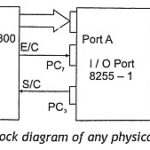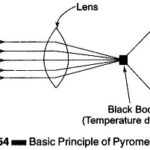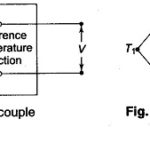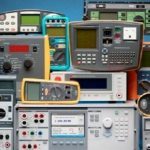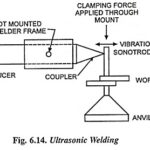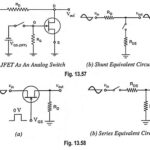Measurement of Physical Quantities
Measurement of Physical Quantities: Measurement of Physical Quantities is given by Displacement Measurement Strain Measurement Force Measurement Torque Measurement Pressure Measurement Temperature Measurement Water-Level Indicator Measurement and Display of Speed…

